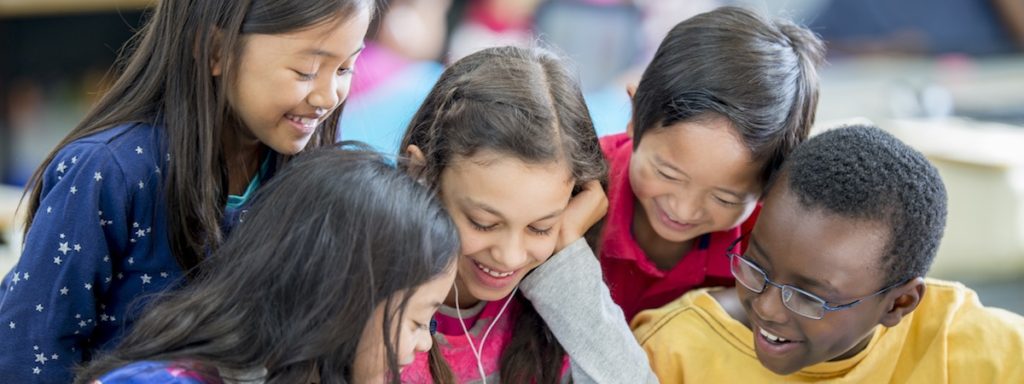
When we talk about blended learning classrooms, we often mention how students today are “digital natives,” but what does this really mean? Increasingly, children are growing up using technology and playing video games as a form of entertainment. In fact, the average child will have spent ten thousand hours gaming by the time they are 21 years old. Clearly, there is something utterly captivating about video games, but what is it? And how can we use this power to get kids excited about learning?
Games Provide Immediate Feedback
Games typically update you immediately on your progress. If you complete an objective, you are rewarded and your character levels up, becoming visibly stronger. This type of feedback is powerful, because you’re able to visualize your progress. In a traditional classroom, the idea of learning is certainly there, but there’s no way to see how much you have learned so far, and there is typically a long wait period before they receive graded work back. By combining games with learning, students can visualize their progress. Every task comes with a reward, the goals become achievable, and students begin to think of learning as “leveling up.” Learning becomes exciting.
Games Are Challenging
Contrary to what many assume, the goal of games is often not to win, it’s to be challenged. Many popular puzzle games have no end, yet people love to play them because each level is harder than the previous. In these games, no one is trying to win, they’re just trying to get farther than they did last time. The idea of learning is very similar: in a classroom, there should be no limit to the amount of content a student can consume, but it should become increasingly more difficult in order to be engaging. A good digital learning platform does this automatically, as it adapts to each student and provides an endless amount of content, while keeping students at that sweet spot where it’s not frustratingly difficult, but always challenging.
Games Include Epic Adventures
There are some common themes in epic games. The hero is often trying to save the world or even the galaxy. People desire that feeling, where they’re doing something big and important that affects everyone. By incorporating technology in the classroom, creating that feeling for students is possible. Many digital programs combine storytelling with learning, where students use their newly-learned skills to solve big problems and save lives. By using what they’ve learned, even in a fictional environment, it makes the concepts memorable and seem more important.
Games Require Creativity
Games are full of rules. In fact, they’re a requirement in order for the game to work. Rather than a hindrance, these rules are embraced by players, because they require creativity and strategic thinking. Learning can take place in the same way. By including games in learning, teachers can create a set of rules that everyone must follow, creating a fun challenge to overcome, instead of a set of objectives to memorize. The best games are carefully designed to turn work and stress into a rewarding experience that rewards creativity and ingenuity.
Rather than look down on games as a waste of time or something that’s done when our work is done, it makes much more sense to use games as a learning tool. By including games in a blended learning classroom, teachers are able to use their power to make the content more rewarding, engaging, and to spark creativity in their students.
To learn how Wowzers K-8 Online Math program can help teachers make learning fun, contact our team or try a free trial.

0 Comments